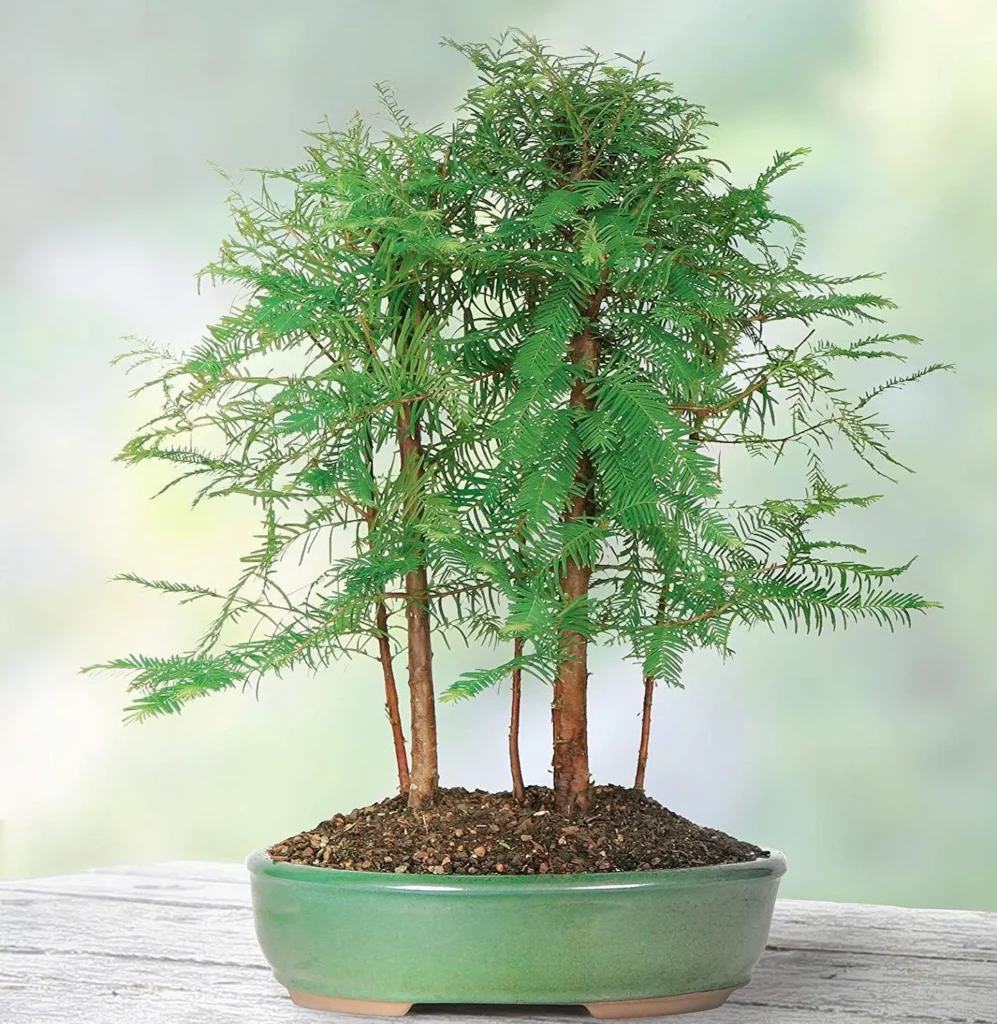Welcome to the world of Dawn Redwood Bonsai! If you’re fascinated by ancient trees and love cultivating bonsai, you’re in for a treat. The Dawn Redwood (Metasequoia glyptostroboides) is a living fossil – a tree that was once thought to be extinct for millions of years until a living specimen was discovered in China in 1944.
Appearance of Dawn Redwood Bonsai
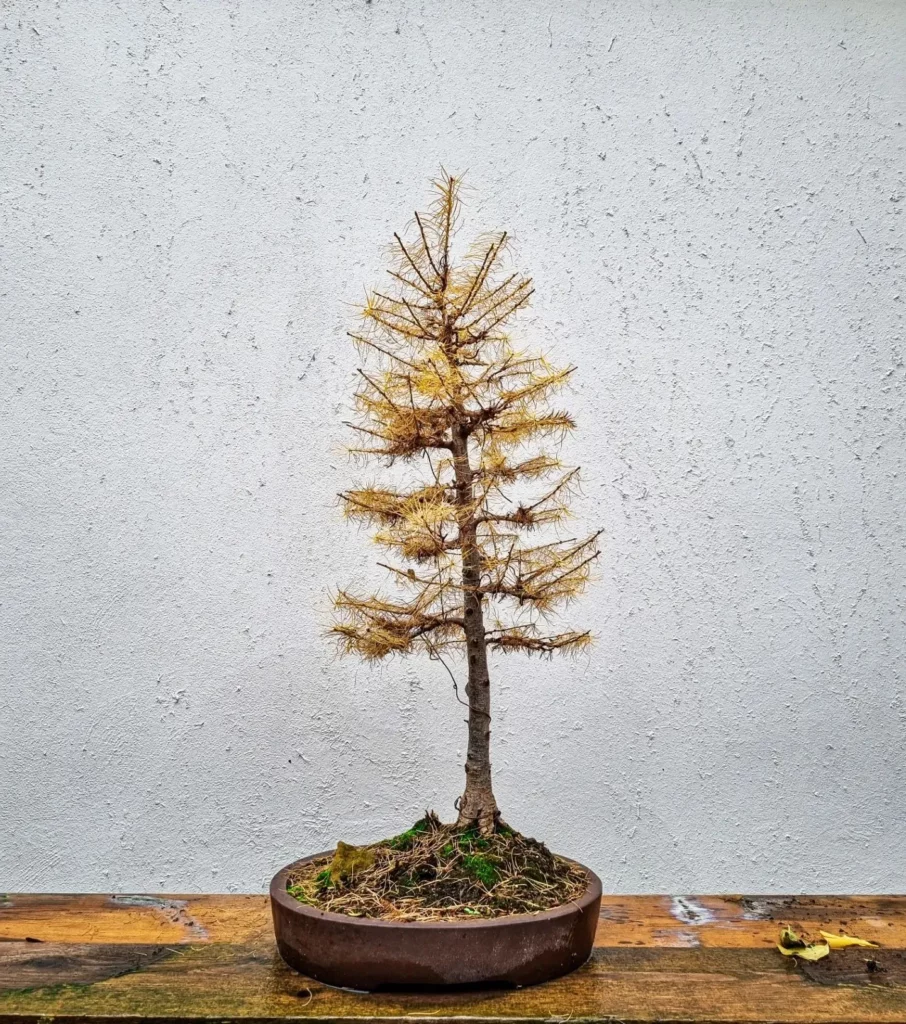
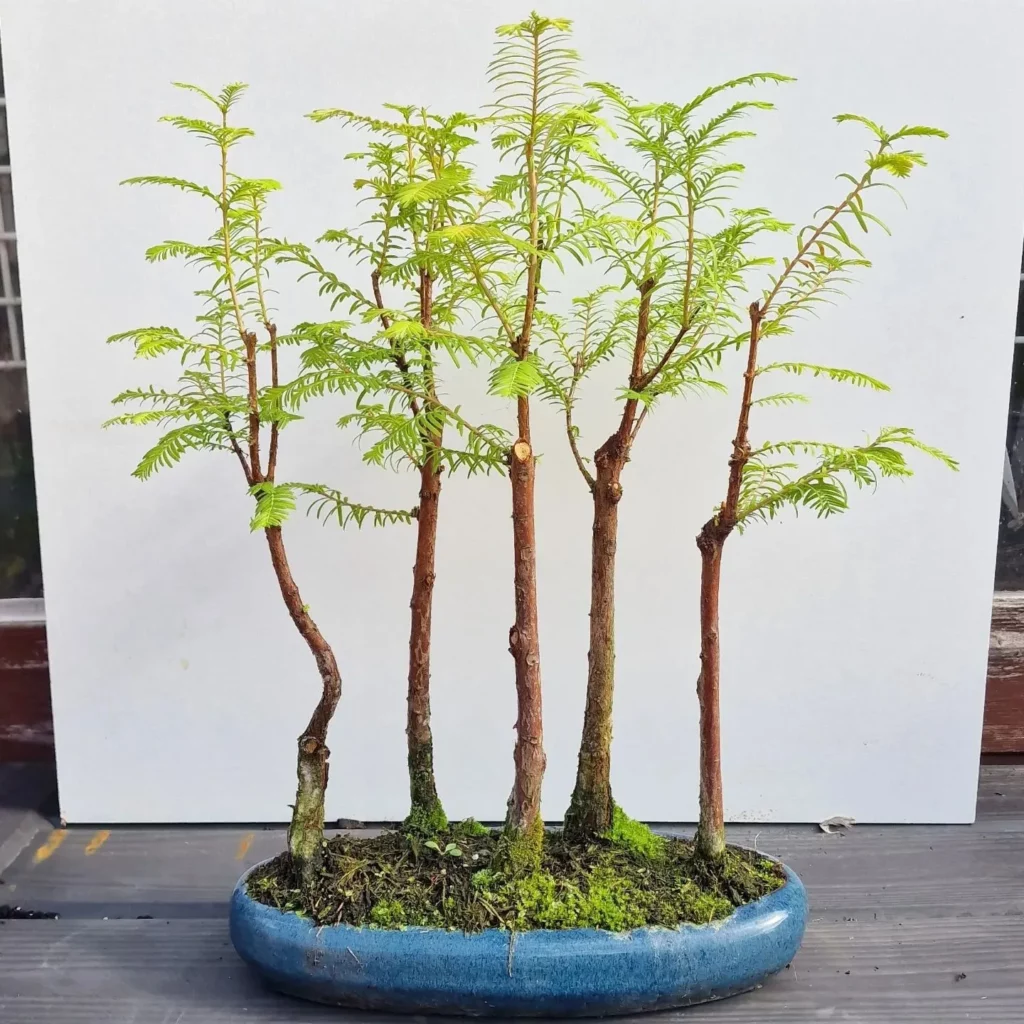
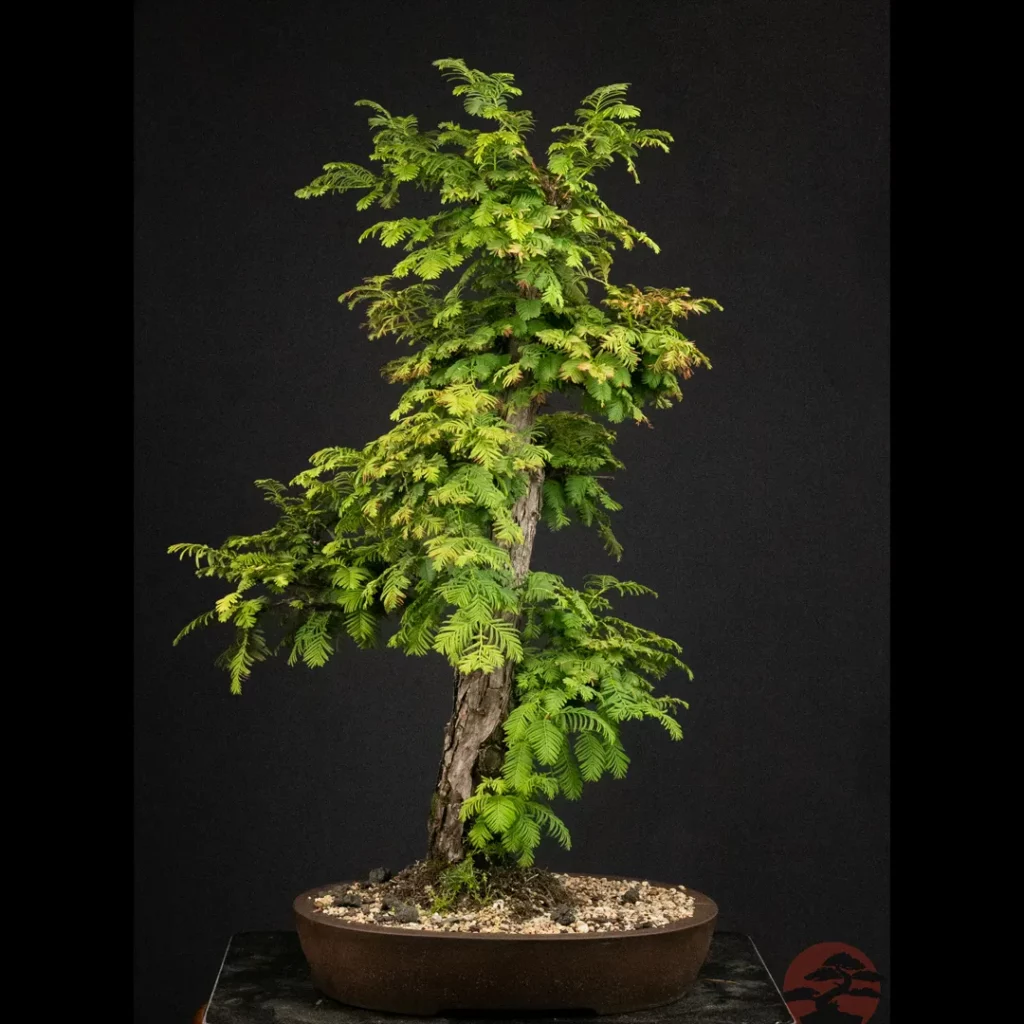
Mature Dawn Redwood Bonsai trees have a broad conical shape and can reach heights of 50 to 100 feet. They possess distinct features and characteristics that make them truly captivating. Here is a closer look at the appearance of these magnificent bonsai trees:
- Bright Green Needles: The Dawn Redwood Bonsai is adorned with soft, bright green needles that provide a vibrant display throughout the year. These needles turn pinkish brown before gently falling off in the autumn, adding to its natural beauty.
- Resemblance to Coast Redwood: The foliage of the Dawn Redwood Bonsai bears a striking resemblance to that of the Coast Redwood. This similarity in appearance further enhances its charm and allure.
- Brown Cones: Each year, the Dawn Redwood Bonsai produces small and distinctive brown cones that measure about 3/4-inch long. These cones add an interesting visual element and contribute to the tree’s overall character.
Light Requirements for Dawn Redwood Bonsai
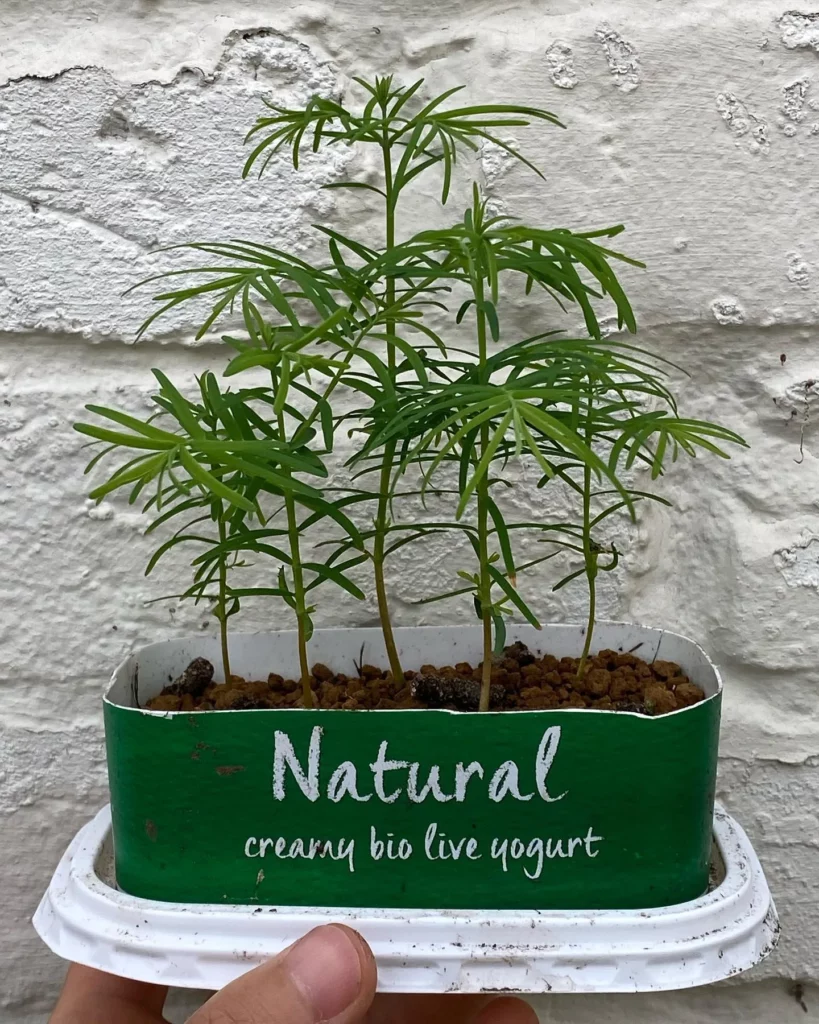
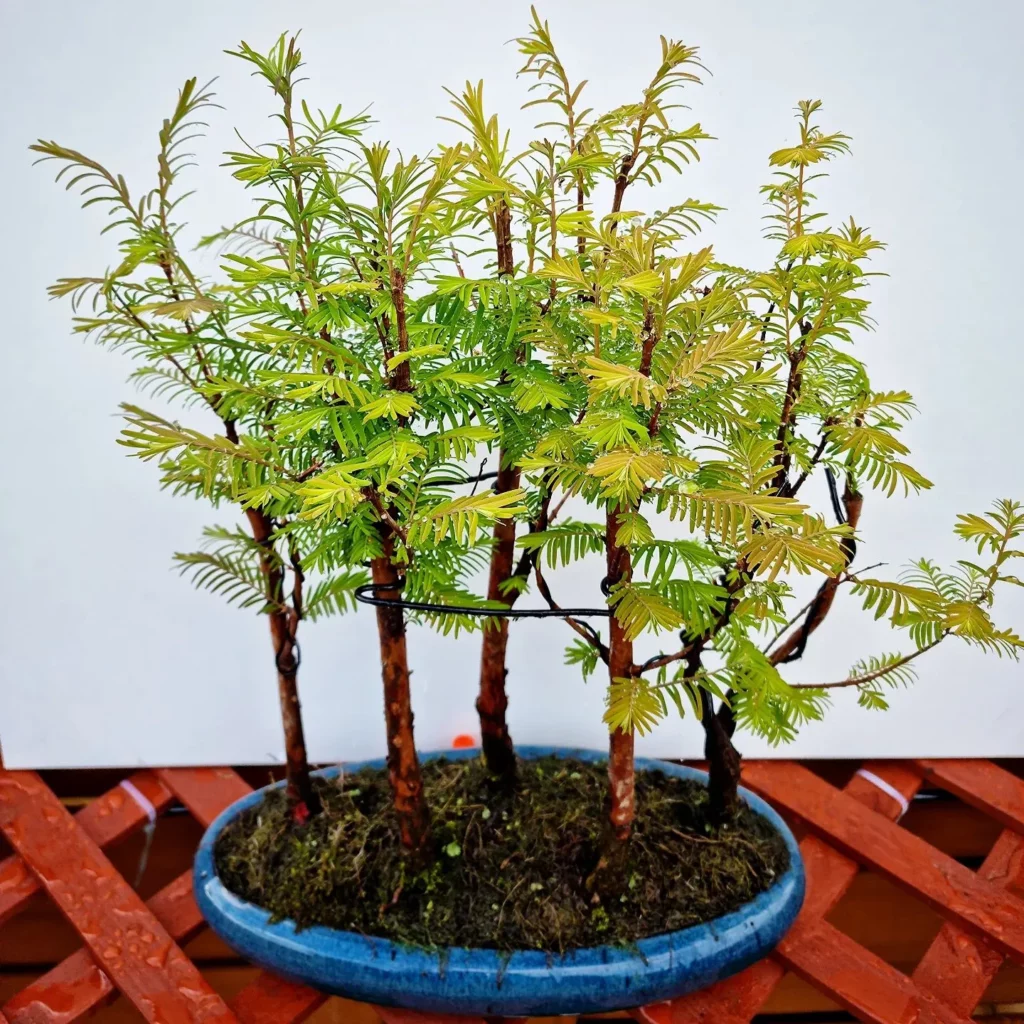
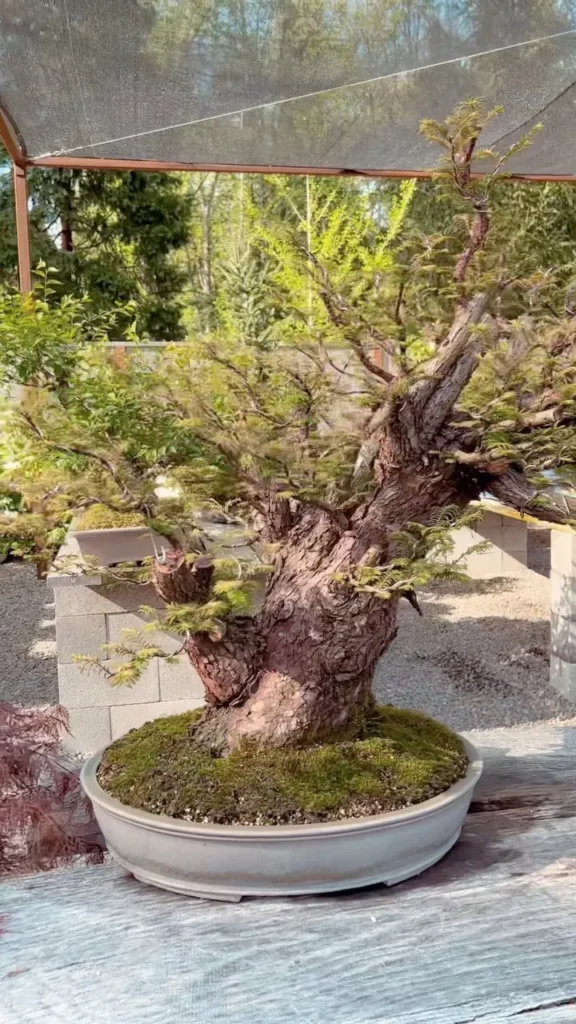
Dawn Redwood Bonsai thrives in full sunlight, making light requirements an essential consideration for growing and maintaining these prehistoric beauties. Providing the right amount of sunlight is crucial for their optimal growth.
During the growing season, Dawn Redwood Bonsai requires a minimum of 8 hours of direct sunlight each day. This ensures that they receive the necessary energy to carry out photosynthesis and support their overall health. Placing them in a location with ample sunlight will promote robust growth and vibrant foliage.
While they enjoy bright light, it is important to protect Dawn Redwood Bonsai from extreme heat and direct sunlight during the hottest months of the year. High temperatures and intense sunlight can cause stress and damage to the delicate foliage. Providing shade or partial shade during these times will help prevent sunburn and maintain the health of the bonsai.
Dawn Redwood Bonsai can be grown both outdoors and indoors, but outdoor conditions typically provide the best sunlight for their growth and development. If growing them indoors, place them near a sunny window or use artificial grow lights to ensure they receive adequate light levels.
Watering Dawn Redwood Bonsai
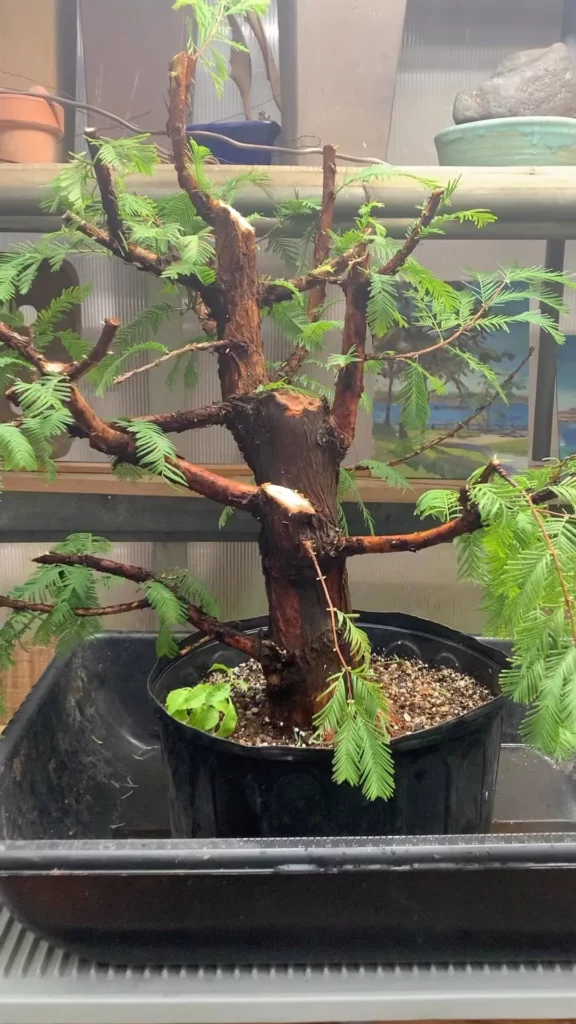
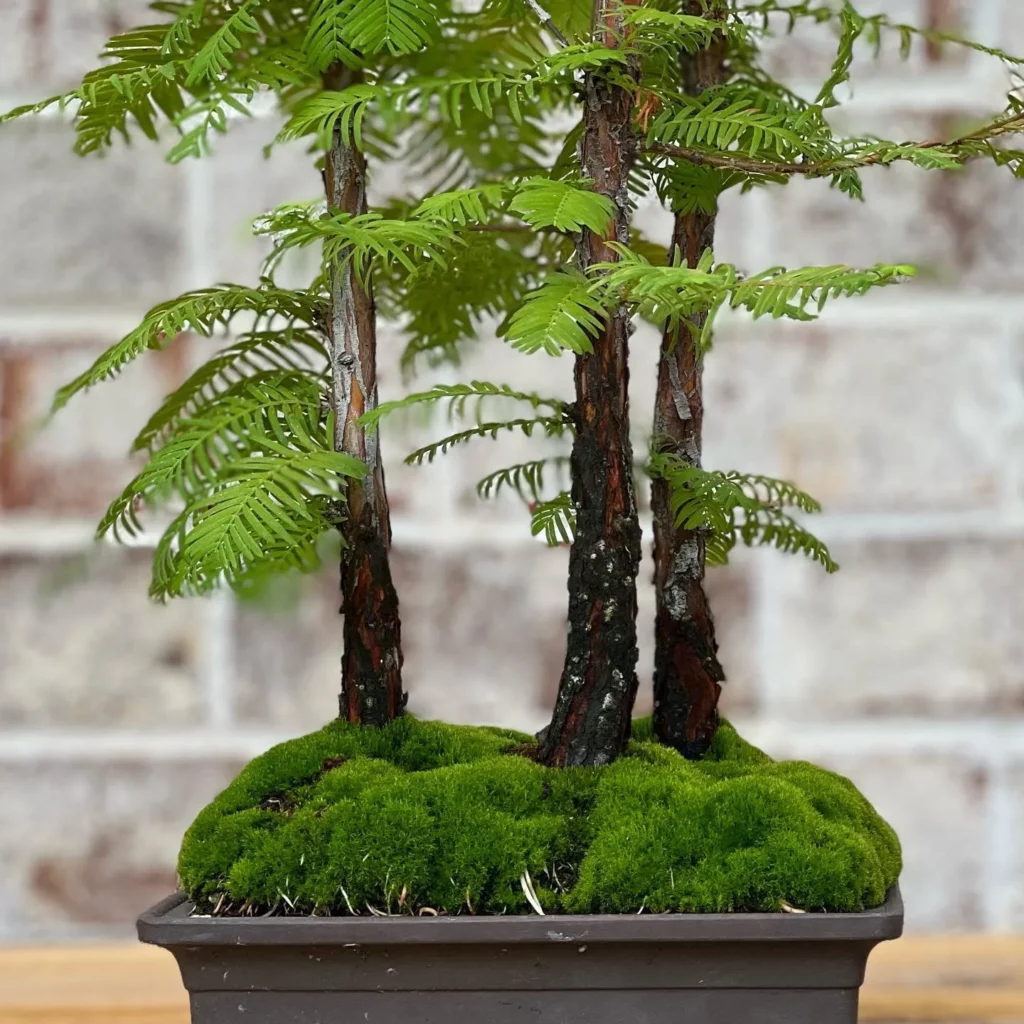

Dawn Redwood Bonsai trees require consistent watering to maintain their health and vitality. To ensure proper watering, it is important to understand the frequency, moisture levels, and overall care required.
Frequency of Watering
During the growing months, Dawn Redwood Bonsai thrives when watered frequently. It is recommended to water every other day, or even daily if the tree receives full sun. Regular watering helps to keep the soil consistently moist, which is ideal for the tree’s growth and development.
Checking Moisture Levels
While regular watering is important, it is equally crucial to monitor the moisture levels of the soil. Before watering, allow the top layer of soil to dry out slightly. This helps prevent overwatering and the potential for root rot. However, ensure that the root ball of the bonsai tree never dries out completely. Regularly check the moisture levels by gently poking a finger or a moisture meter into the soil to determine if watering is necessary.
No products found.
Care Tips
In addition to monitoring watering frequency and moisture levels, there are a few care tips to keep in mind when watering your Dawn Redwood Bonsai:
- Use room-temperature water when watering the bonsai tree.
- Water the tree until the water drains out from the bottom of the pot, ensuring that the entire root ball is adequately soaked.
- Avoid getting water on the foliage and needles of the tree, as this can lead to fungal diseases.
- During the dormant months, when the tree is not actively growing, continue to provide regular watering. Even though the tree’s water consumption decreases during this time, it still requires moisture to stay healthy.
Fertilizing Dawn Redwood Bonsai
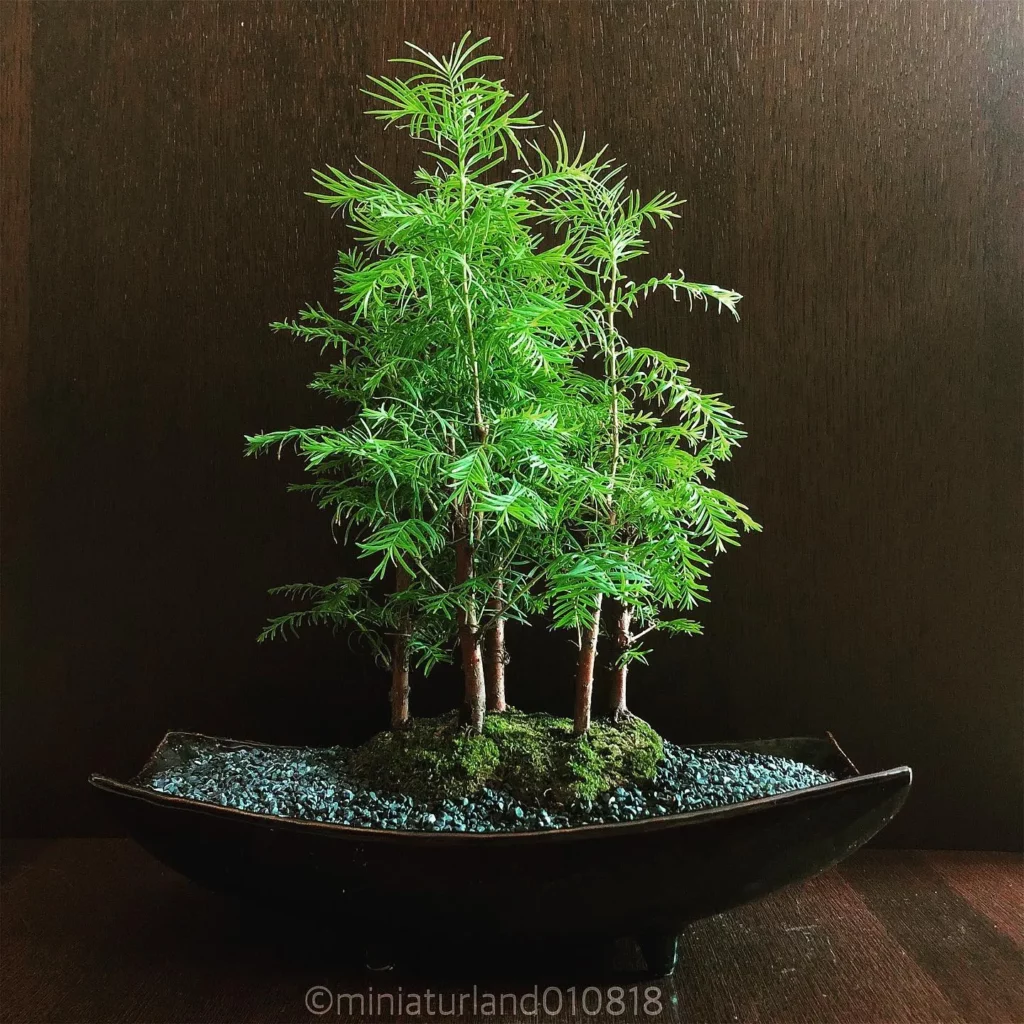

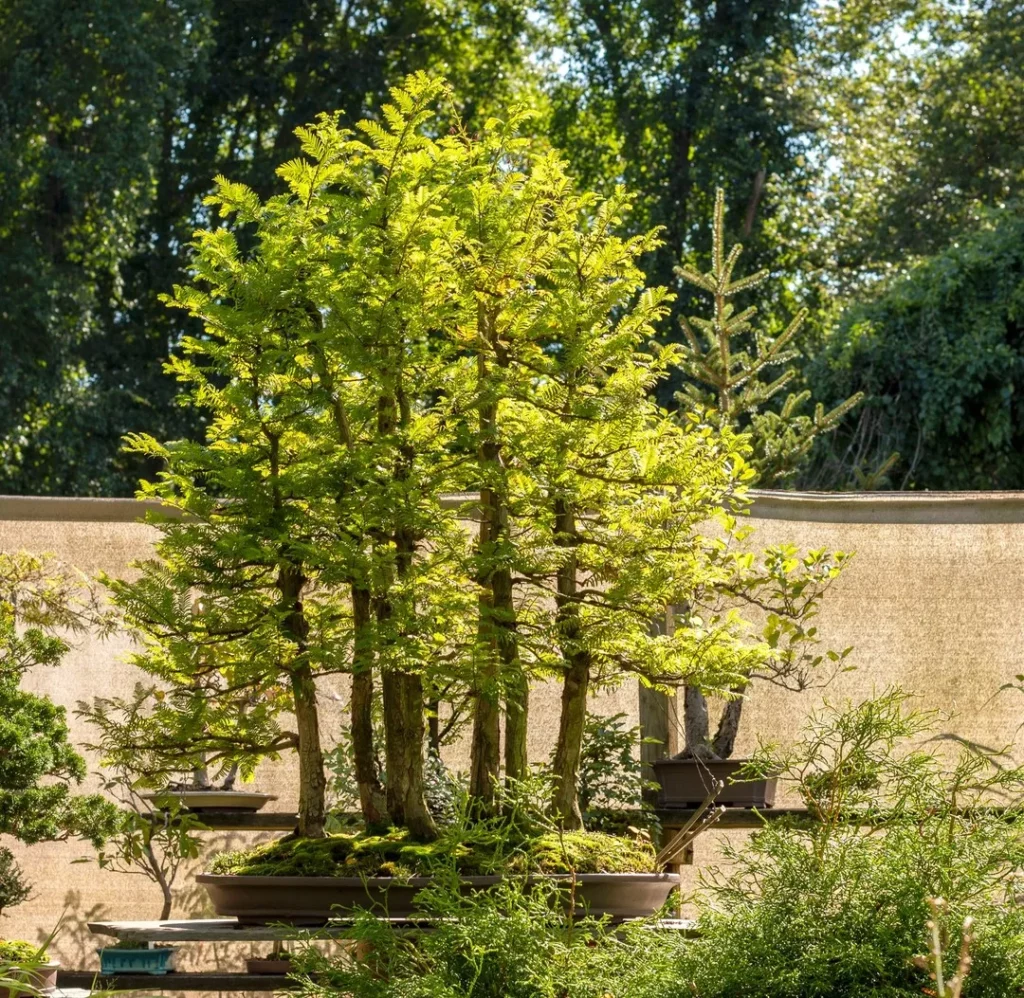
Dawn Redwood Bonsai trees require proper fertilization to support their growth and ensure they receive essential nutrients. By following a fertilizing schedule and using the right type of fertilizer, you can promote healthy development and vibrant foliage.
To fertilize your Dawn Redwood Bonsai, use a balanced organic fertilizer. Applying it once every two weeks during the growing season will provide the tree with a steady supply of nutrients. This regular fertilization helps to maintain optimal growth and overall health.
During the spring, consider using a high-nitrogen fertilizer. This will stimulate growth and encourage the tree to flourish. However, it’s important to pause fertilization during the dormant months. This allows the tree to rest and enter a period of natural dormancy.
When fertilizing, always read and follow the instructions on the fertilizer container. This will ensure you apply the correct amount and frequency of fertilizer, preventing overuse or nutrient imbalances. Remember, proper fertilization contributes to the vitality and resilience of your Dawn Redwood Bonsai.
Potting Dawn Redwood Bonsai
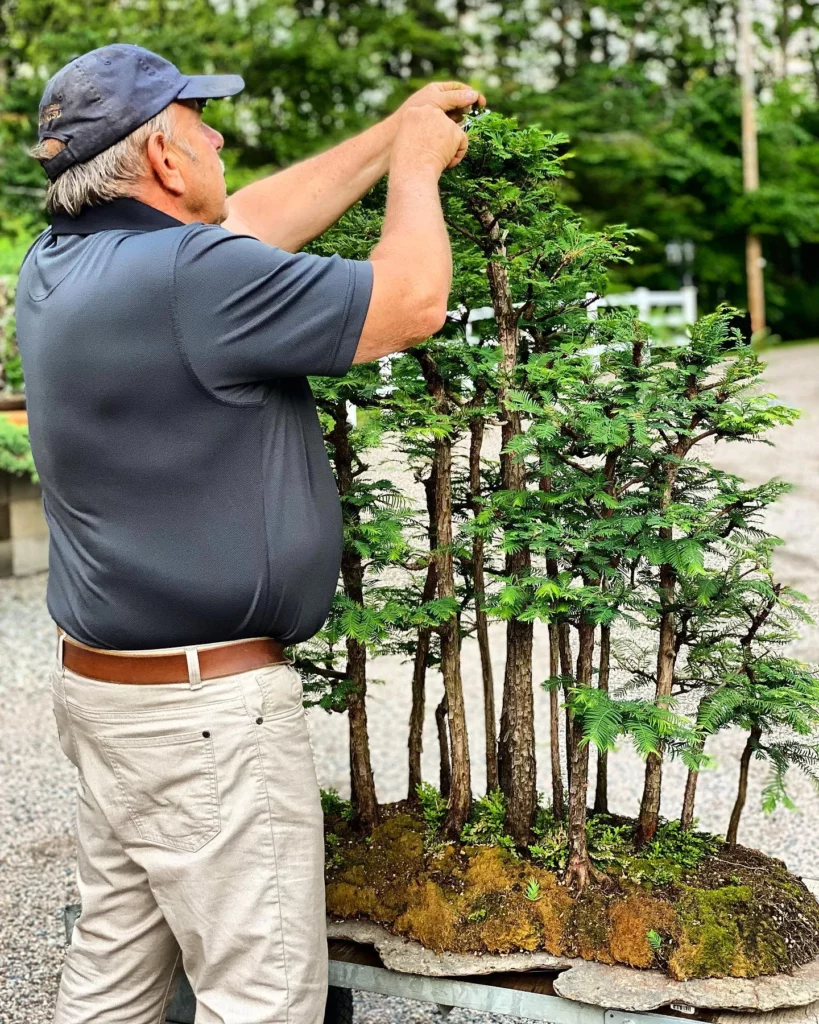
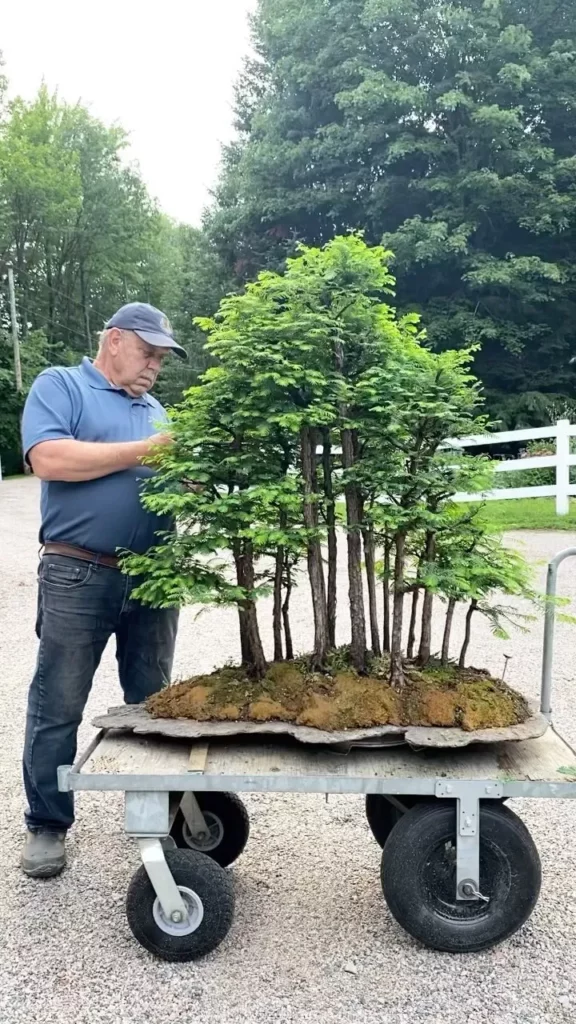

When it comes to potting your Dawn Redwood Bonsai, there are a few key considerations to keep in mind. First and foremost, you’ll want to select a container that provides enough space for the roots to grow and develop properly. This means choosing a pot that is appropriately sized for your bonsai tree.
The soil you use for potting is equally important. It should be well-draining to prevent waterlogged roots and promote healthy growth. Look for a bonsai-specific soil mix or create your own by combining ingredients like akadama, pumice, and lava rock.
When potting your Dawn Redwood Bonsai, ensure that the root system fills the pot, allowing for approximately three-quarters of an inch of space between the root tip and the container wall. This will provide ample room for the roots to spread and establish themselves.
Repotting is typically done every two to three years to prevent the roots from becoming overcrowded. During the repotting process, you may need to trim the roots if they have become too long or tangled. Additionally, it’s important to replace the soil with fresh, nutrient-rich soil to ensure the continued health and vitality of your bonsai.
Propagation of Dawn Redwood Bonsai
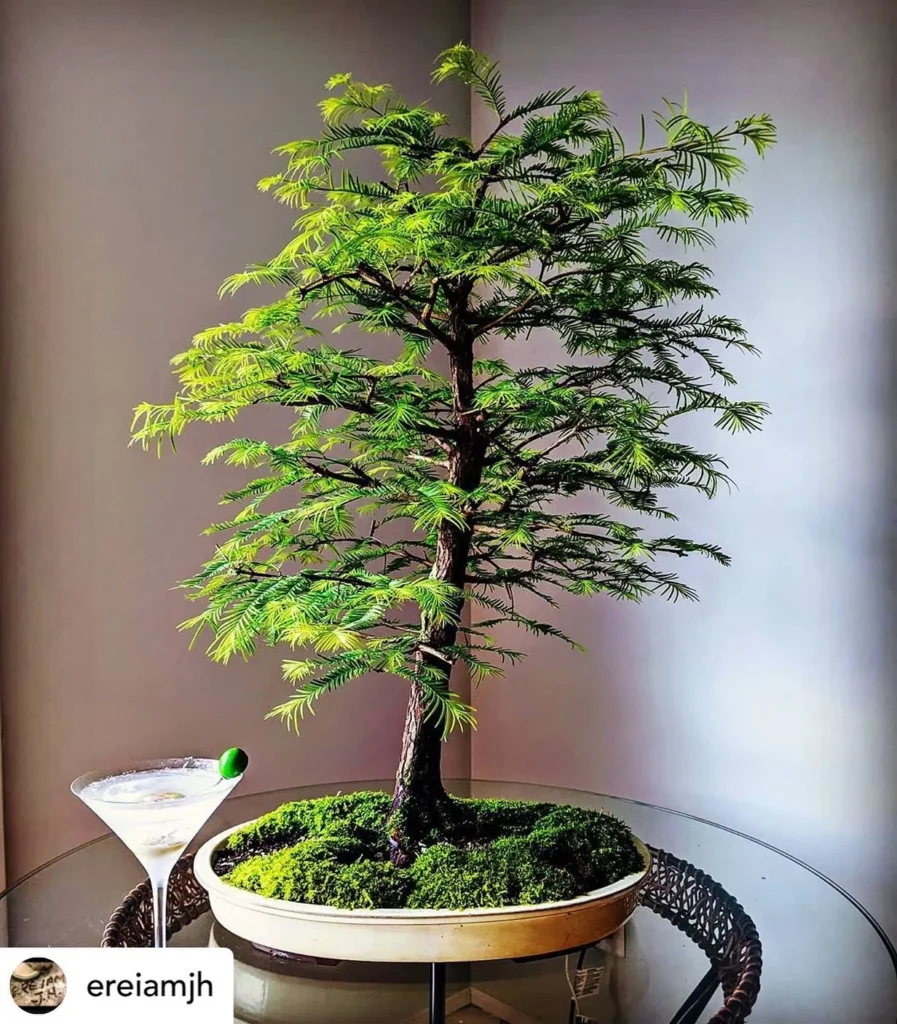
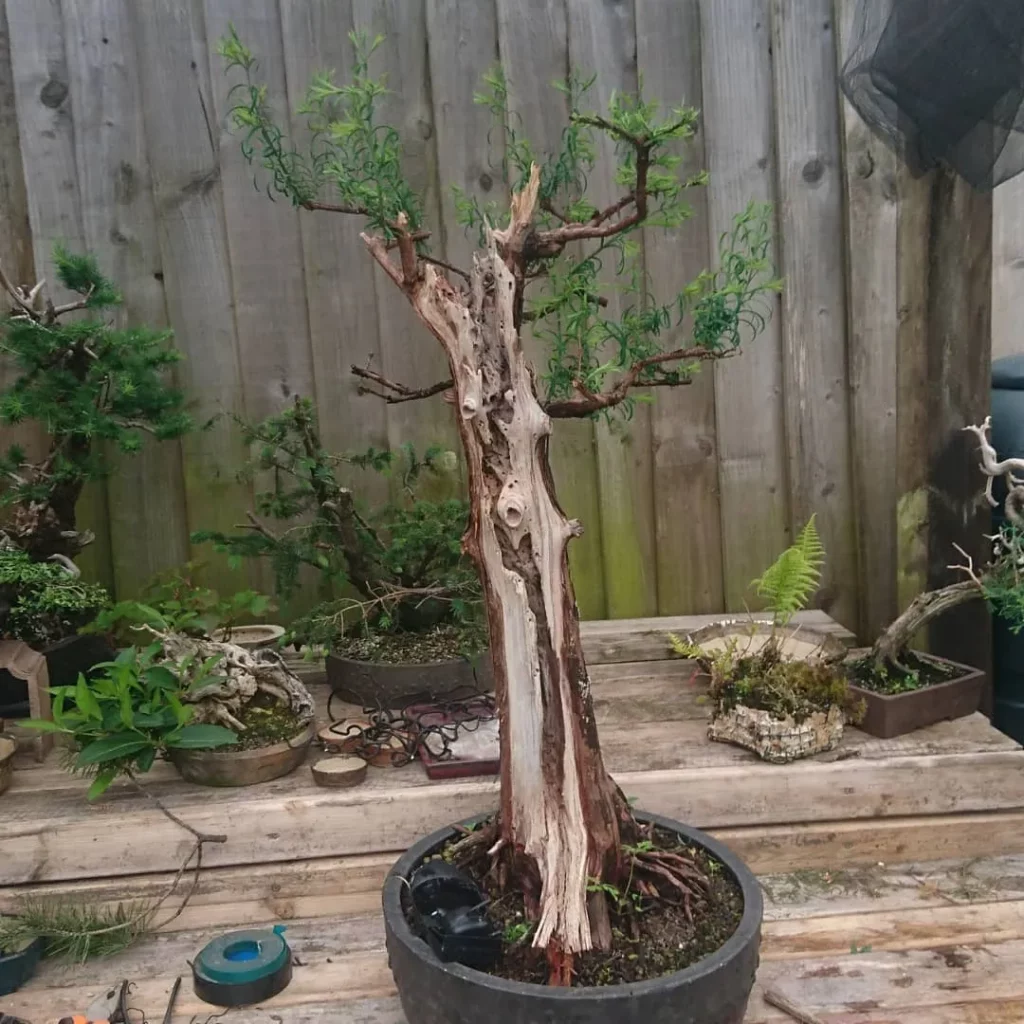
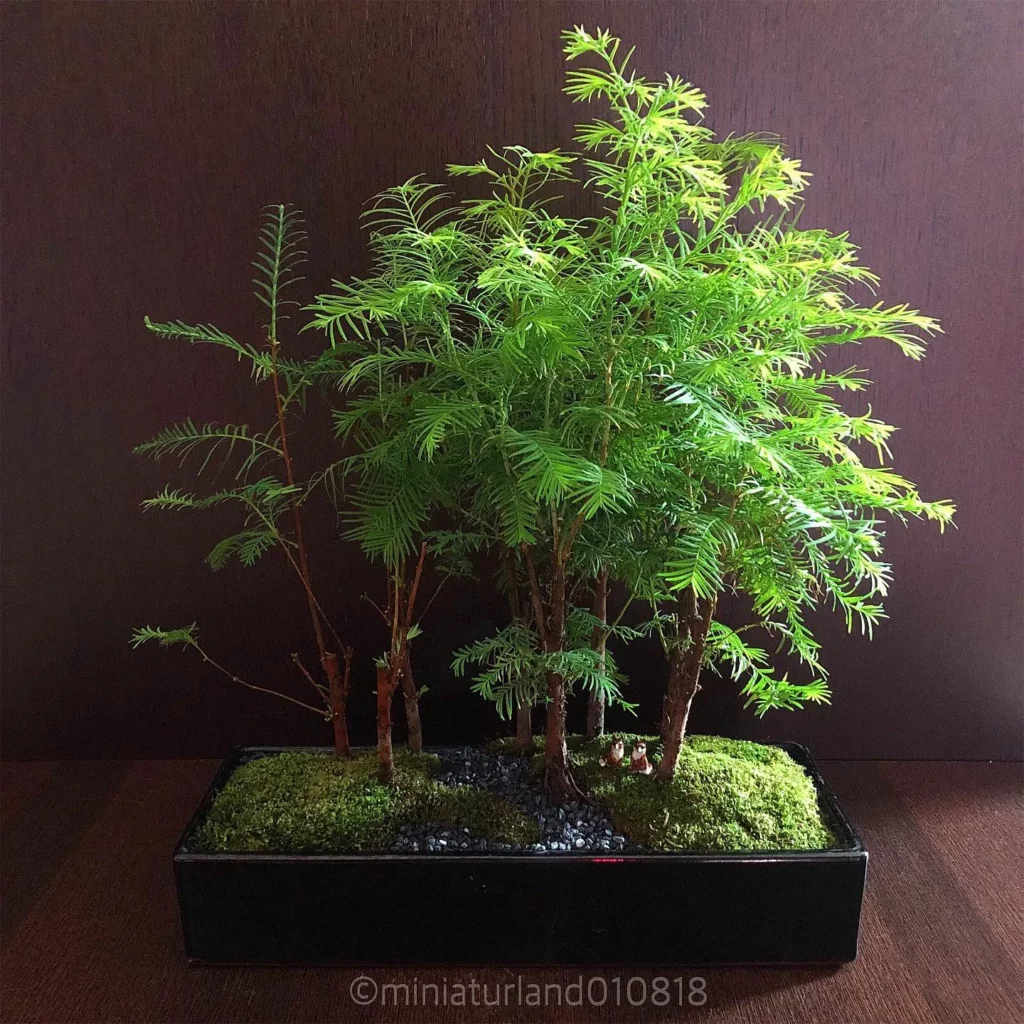
Propagating your own Dawn Redwood Bonsai can be an exciting and rewarding experience. There are two main methods you can use: growing from seeds and taking cuttings.
1. Growing from Seeds
To propagate your Dawn Redwood Bonsai from seeds, start by collecting mature cones from an existing tree. Carefully remove the seeds from the cones and prepare a well-draining soil mix. Sow the seeds in the soil, ensuring they are evenly spaced and at the appropriate depth. Keep the soil moist and place the container in a warm location with indirect sunlight. It may take several weeks or even months for the seeds to germinate, so patience is key. Once the seedlings have sprouted, continue to provide them with good care, including proper watering and adequate sunlight.
2. Taking Cuttings
If you prefer a faster way to propagate your Dawn Redwood Bonsai, you can take cuttings from young branches. Select a healthy branch and make a clean cut just below a leaf node. Remove the lower leaves from the cutting, leaving only a few leaves at the top. Dip the end of the cutting in a rooting hormone to promote root development. Place the cutting in a suitable rooting medium, such as perlite or vermiculite, and keep it moist. Provide the cutting with indirect sunlight and maintain high humidity by covering it with a plastic bag or using a misting system. In a few weeks, the cutting should develop roots. Once the roots have formed, transplant the cutting into a well-draining soil mix and continue to care for it as you would with an established bonsai tree.
Growth and Development of Dawn Redwood Bonsai
Dawn Redwood Bonsai is a fascinating tree that exhibits rapid growth, especially during its early years. It has the potential to grow over 3 feet in a single year, showcasing its incredible vitality.
When allowed to reach its full potential, the Dawn Redwood Bonsai develops into an impressive tree with a conical shape. In its mature form, it can reach towering heights of 50 to 100 feet. This majestic size is a testament to the natural growth and development of this ancient species.
Even as a bonsai tree, the Dawn Redwood encapsulates the essence of its larger counterparts. With careful attention and proper care, the bonsai version can emulate the size and shape of its natural form. Through meticulous pruning and shaping techniques, bonsai enthusiasts can create a miniature representation of the grandeur displayed by large Dawn Redwood trees.
The growth and development of a Dawn Redwood Bonsai is a rewarding process. Witnessing the transformation from a small sapling to a miniature masterpiece is a testament to the artistry and dedication of bonsai cultivation.
Pests and Diseases of Dawn Redwood Bonsai
While growing a Dawn Redwood Bonsai can be a rewarding experience, it’s important to be aware of potential pests and diseases that can affect your tree’s health. By taking preventive measures and providing proper care, you can keep your bonsai thriving.
Pests
Aphids, spider mites, and scale insects are common pests that can attack your Dawn Redwood Bonsai. Regular inspection is essential to catch any infestations early. If you notice any signs of pest activity, such as distorted leaves or tiny pests on the foliage, take immediate action to prevent the infestation from spreading. You can use gentle insecticidal soap or neem oil to control the pests.
Diseases
Some diseases that your Dawn Redwood Bonsai may be susceptible to include root rot and fungal infections. To prevent these issues, it’s crucial to follow proper watering practices. Avoid overwatering, as it can lead to root rot, and ensure that the soil has good drainage. It’s also important to provide good air circulation around the tree by avoiding overcrowding with other plants.
Prevention and Care
Caring for your Dawn Redwood Bonsai is key to preventing pests and diseases. Here are some essential preventive measures and care tips:
- Regularly inspect your bonsai for signs of pests or diseases.
- Keep the foliage clean by gently wiping it with a damp cloth to remove dust and debris.
- Ensure proper watering by allowing the top layer of soil to dry slightly before watering again.
- Avoid overhead watering, as it can create a moist environment that promotes fungal growth.
- Provide adequate sunlight and avoid placing your bonsai in shaded or dark areas.
- Prune and remove any dead or diseased branches to maintain overall health and prevent further spread of disease.
- Use a well-draining soil mix specifically formulated for bonsai to promote healthy root growth and prevent root rot.
Tips for Nurturing Dawn Redwood Bonsai
To ensure that your Dawn Redwood Bonsai thrives and remains healthy, it’s important to provide it with proper care and attention. Here are some essential tips for nurturing your bonsai tree:
- Provide the right amount of sunlight: Dawn Redwood Bonsai thrives in full sunlight, so make sure it receives at least 8 hours of sunlight per day during the growing season. However, protect it from extreme heat and direct sunlight during the hottest months.
- Water regularly: Keep the soil moist by watering your Dawn Redwood Bonsai frequently, especially during the growing months. Water every other day or even daily if the tree receives full sun. Allow the top layer of soil to slightly dry out before watering, but never let the root ball dry out completely.
- Fertilize with a balanced organic fertilizer: Use a balanced organic fertilizer to provide essential nutrients to your bonsai tree. Apply the fertilizer once every two weeks during the growing season. In the spring, you can use a high-nitrogen fertilizer to encourage growth. Pause fertilization during the dormant months.
- Repot every few years: Regularly repot your Dawn Redwood Bonsai every two to three years to ensure healthy root growth. Trim the roots if necessary and replace the soil with fresh, nutrient-rich soil. Use a well-draining soil mix and choose a container that allows for proper root development.
- Regularly inspect for pests and diseases: Keep an eye out for common pests like aphids, spider mites, and scale insects. Regular inspection and early intervention can prevent infestations. Ensure good air circulation and maintain proper watering to prevent diseases like root rot and fungal infections.
- Prune and shape: Pruning is essential to maintain the desired shape and form of your Dawn Redwood Bonsai. Regularly trim back overgrown branches and foliage to encourage a compact and balanced appearance. Consult bonsai pruning techniques for guidance.
Dawn Redwood Bonsai as Living Fossils
The Dawn Redwood Bonsai holds a fascinating place in history as a living fossil. It was once believed to have been extinct for millions of years until living specimens were discovered in China in 1944. This remarkable ancient tree has captured the attention of the world with its incredible resilience and adaptability to various climates.
During prehistoric times, the Dawn Redwood tree thrived, but it was thought to have vanished from the planet completely. The fortuitous rediscovery brought to light its historical significance and sparked a renewed interest in this ancient species. Today, the Dawn Redwood Bonsai stands as a testament to its longevity and fascinating journey through time.
Key Points:
- The Dawn Redwood Bonsai is considered a “living fossil” due to its prehistoric history.
- Living specimens were found in China in 1944, dispelling the belief that the species was extinct.
- The discovery of the Dawn Redwood Bonsai garnered worldwide attention and sparked a renewed appreciation for this ancient tree.
- Today, the Dawn Redwood Bonsai is highly valued for its historical significance and its ability to adapt to different climates.
Embracing the Charm of Dawn Redwood Bonsai
Growing a Dawn Redwood Bonsai allows you to embrace the charm and beauty of this ancient tree. With its unique appearance and fast growth, it captivates the hearts of bonsai enthusiasts. Its conical shape, soft foliage, and deciduous nature make it a stunning addition to any garden or indoor space.
The beauty of a Dawn Redwood Bonsai lies in its ability to adapt to different environments. It can withstand cold temperatures and thrive in various climates. Whether you live in a warm or cool region, you can appreciate the elegance of this prehistoric beauty.
FAQ
What is a Dawn Redwood Bonsai?
A Dawn Redwood Bonsai is a living fossil tree known for its conical shape, soft foliage, and deciduous nature. It is a fast-growing tree that can reach heights of 50 to 100 feet.
How does a mature Dawn Redwood Bonsai look?
Mature Dawn Redwood Bonsai trees have a broad conical shape and can reach heights of 50 to 100 feet. They have soft, bright green needles that turn pinkish brown and fall off in the autumn. The foliage resembles that of the Coast Redwood. Brown cones, about 3/4-inch long, appear and ripen each year.
What light requirements does a Dawn Redwood Bonsai have?
Dawn Redwood Bonsai thrives in full sunlight and requires at least 8 hours of sunlight per day during the growing season. It should be protected from extreme heat and direct sunlight during the hottest months of the year. It can be grown outdoors or indoors, but outdoor conditions provide the best sunlight for optimal growth.
How often should I water my Dawn Redwood Bonsai?
Dawn Redwood Bonsai prefers to stay moist, so it should be watered frequently, especially during the growing months. It is recommended to water every other day or even daily if the tree receives full sun. The top layer of soil should be allowed to dry out slightly before watering, but the root ball should never be allowed to dry out completely. Even during the dormant months, the tree will still consume water, so it’s important to check the moisture levels regularly.
How often should I fertilize my Dawn Redwood Bonsai?
Dawn Redwood Bonsai trees respond well to a balanced organic fertilizer applied once every two weeks during the growing season. A high-nitrogen fertilizer can be used in the spring to encourage growth. Fertilization should be paused during the dormant months. It is best to follow the instructions on the fertilizer container for the correct amount and frequency of application.
How should I pot my Dawn Redwood Bonsai?
Dawn Redwood Bonsai should be potted in a well-draining soil and a container that allows for proper root growth. The root system should fill the pot, with approximately three-quarters of an inch of space between the root tip and the container wall. Repotting should be done every two to three years, trimming the roots if necessary, and replacing the soil with fresh, nutrient-rich soil.
How can I propagate a Dawn Redwood Bonsai?
Dawn Redwood Bonsai can be propagated from seeds or cuttings. Seeds can be collected from mature cones and sown in a well-draining soil mix. Cuttings can be taken from young branches and rooted in a suitable rooting medium. Both methods require patience and proper care to ensure successful propagation.
How does a Dawn Redwood Bonsai grow and develop?
Dawn Redwood Bonsai is a fast-growing tree, especially when young. It can grow over 3 feet in a year. The tree has a conical shape and can reach heights of 50 to 100 feet when mature. With proper care and pruning, the bonsai version of this tree can develop a miniature version of its natural shape and size.
What pests and diseases can affect my Dawn Redwood Bonsai?
Some common pests that can affect Dawn Redwood Bonsai include aphids, spider mites, and scale insects. Regular inspection and early intervention can prevent infestations. Diseases such as root rot and fungal infections can also occur. Proper watering, good air circulation, and regular maintenance can help prevent these issues.
How can I ensure my Dawn Redwood Bonsai thrives?
To nurture a healthy and thriving Dawn Redwood Bonsai, provide it with the right amount of sunlight, water it regularly to keep the soil moist, fertilize it with a balanced organic fertilizer, and repot it every few years. Regularly inspect the tree for pests and diseases and take proper care to prevent any issues. Prune and shape the tree to maintain its desired form.
Why is Dawn Redwood Bonsai considered a “living fossil”?
Dawn Redwood Bonsai is often referred to as a “living fossil” because it has a prehistoric history and was once thought to be extinct for millions of years. The discovery of living specimens in China in 1944 sparked global interest in this ancient tree. Today, it is prized for its historical significance and its ability to adapt to various climates.
What is the charm of growing a Dawn Redwood Bonsai?
Growing a Dawn Redwood Bonsai allows you to embrace the charm and beauty of this ancient tree. Its unique appearance, fast growth, and ability to adapt to different environments make it an attractive choice for bonsai enthusiasts. By following proper care guidelines and nurturing your Dawn Redwood Bonsai, you can have a living piece of history right in your own backyard.

